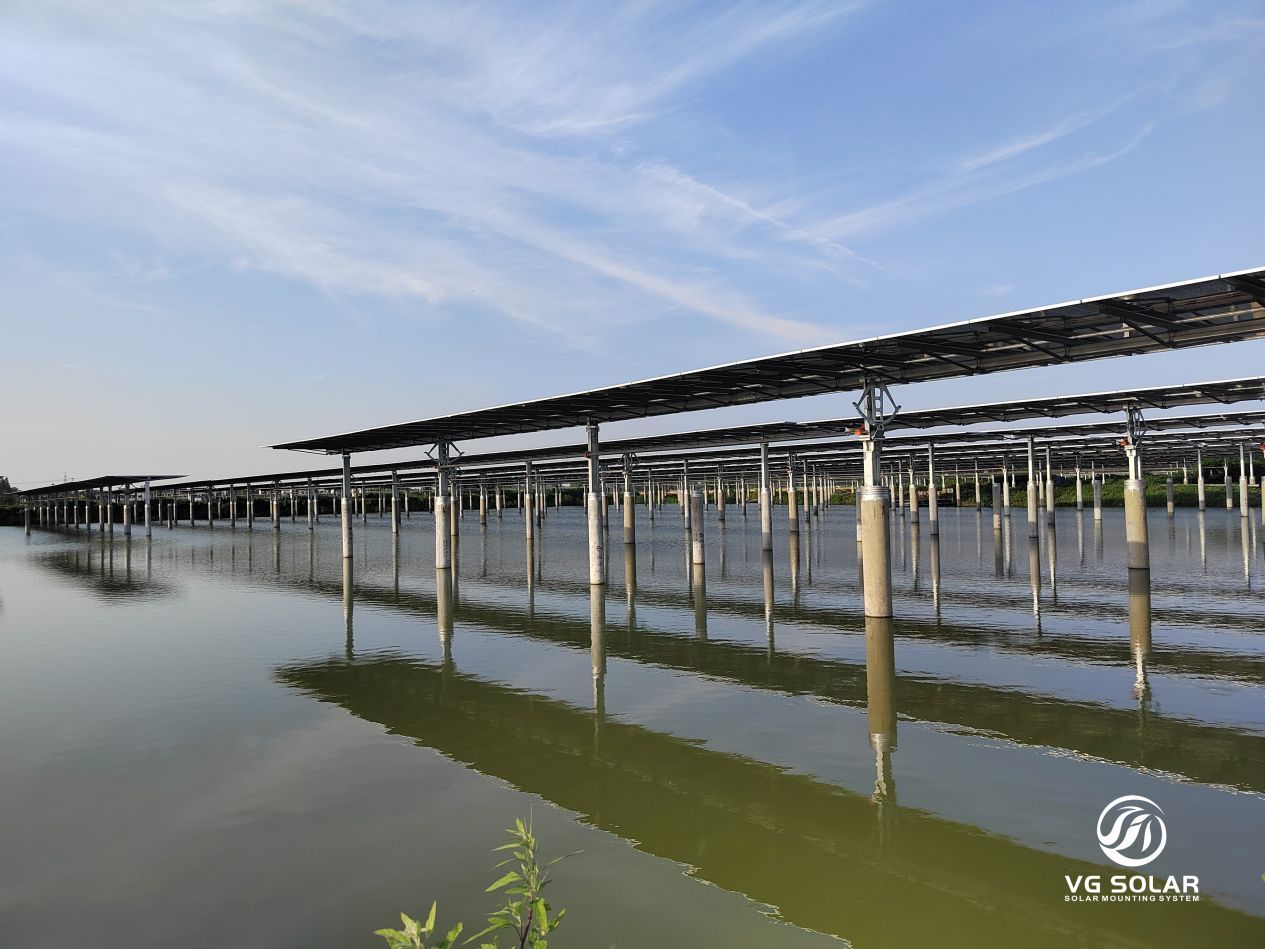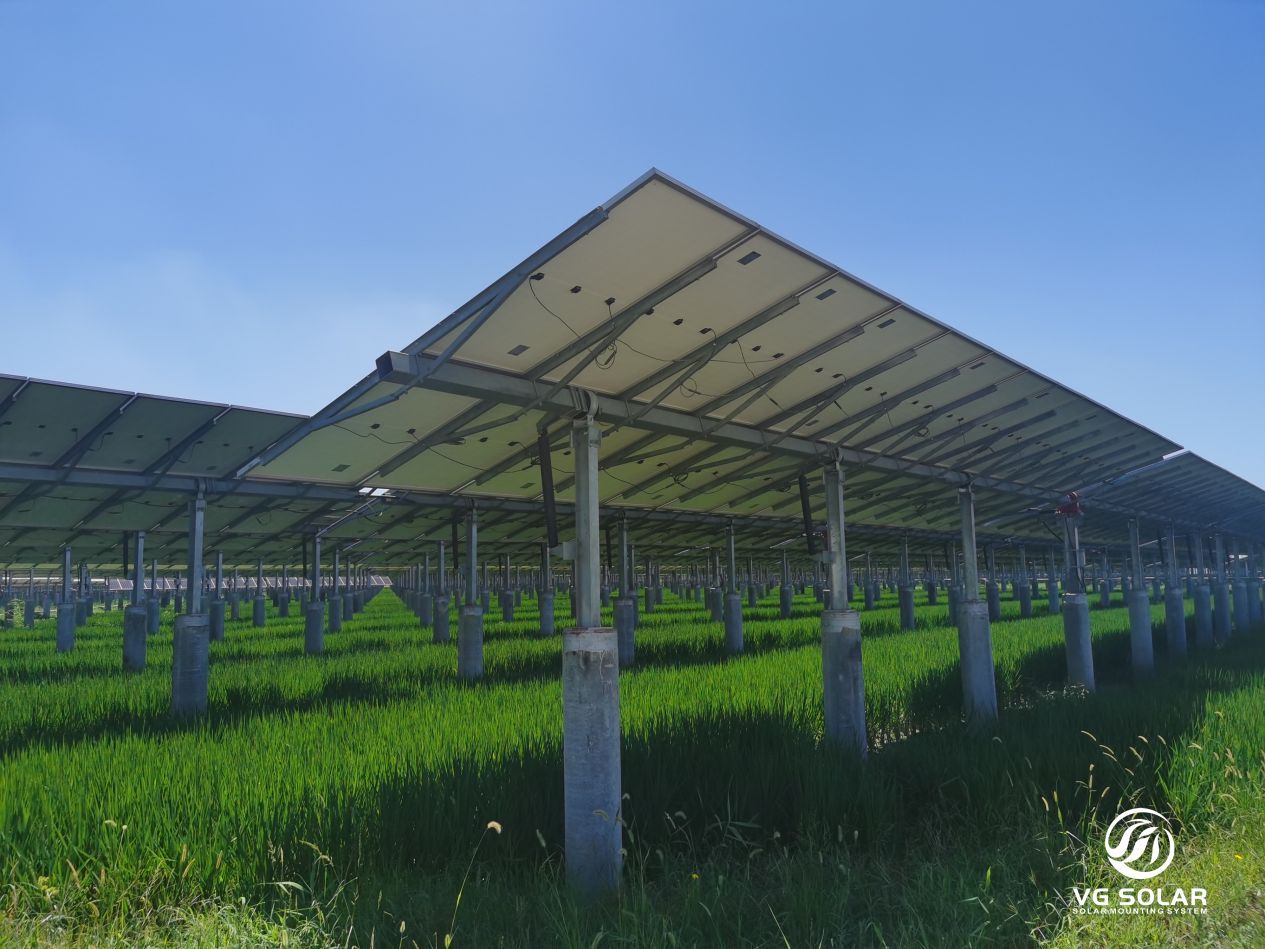China’s remarkable progress in renewable energy is no secret, particularly when it comes to solar power. The country’s commitment to clean and sustainable energy sources has propelled it to be the largest producer of solar panels in the world. One crucial technology that has contributed to China’s success in the solar sector is the tracking bracket system. This innovation has not only enhanced the competitiveness of Chinese enterprises but has also significantly reduced the levelized cost of energy (LCOE) while simultaneously increasing project revenue.
The tracking bracket system has revolutionized the way solar panels capture sunlight, increasing their overall efficiency. Traditional fixed-tilt systems are stationary, meaning they cannot adapt to the movement of the sun throughout the day. In contrast, tracking bracket systems enable solar panels to follow the sun, maximizing their exposure to sunlight at any given time. This dynamic positioning guarantees that the panels operate at their peak performance, capturing the maximum amount of solar energy throughout the day.
By incorporating tracking bracket systems, Chinese enterprises have seen a substantial reduction in their LCOE. LCOE is a crucial metric used to determine the cost of generating a unit of electricity over a system’s lifetime. Tracking brackets enhance the overall energy generation efficiency, resulting in a higher energy output compared to fixed-tilt systems. As a result, the LCOE decreases, making solar energy more economically viable and competitive with traditional energy sources.
Moreover, the tracking bracket system’s ability to increase project revenue has been a game-changer for Chinese enterprises. By capturing more sunlight and generating more electricity, solar energy projects equipped with tracking brackets deliver higher revenue streams. The additional energy generated has a direct impact on the overall profitability of solar power plants, making them more financially attractive for investors and project developers. With increased project revenue, more resources can be invested in the expansion of renewable energy infrastructure and research and development of future technologies.
Chinese enterprises’ adoption of tracking bracket systems has not only benefited themselves but also contributed to China’s overall renewable energy targets. As the largest consumer of traditional energy sources, China has recognized the urgency of transitioning to clean and sustainable alternatives. The tracking bracket system has allowed the Chinese solar industry to leverage the country’s vast solar resources efficiently. The improved efficiency contributes to a greener energy mix and reduces China’s dependence on fossil fuels, which has been a significant environmental challenge.
Furthermore, Chinese tracking bracket manufacturers have emerged as global leaders in this technology. Their robust research and development capabilities coupled with the scale of China’s manufacturing sector have enabled these enterprises to produce affordable and high-quality tracking bracket systems. As a result, Chinese manufacturers have not only captured a significant portion of the domestic market but have also gained international recognition, supplying tracking bracket systems to solar projects worldwide.
China’s technical power in the tracking bracket system has demonstrated the country’s commitment to leading the way in the transition to clean energy. By reducing LCOE and increasing project revenue, Chinese enterprises have accelerated the adoption of solar power, contributing to both the economic and environmental objectives of the country. As the world continues to prioritize sustainability, the technical power of China’s tracking brackets will undoubtedly play a vital role in shaping the future of renewable energy.
Post time: Jul-20-2023


